Castlefield Viaduct, Manchester
Extraordinary meeting of Victorian steel engineering and nature
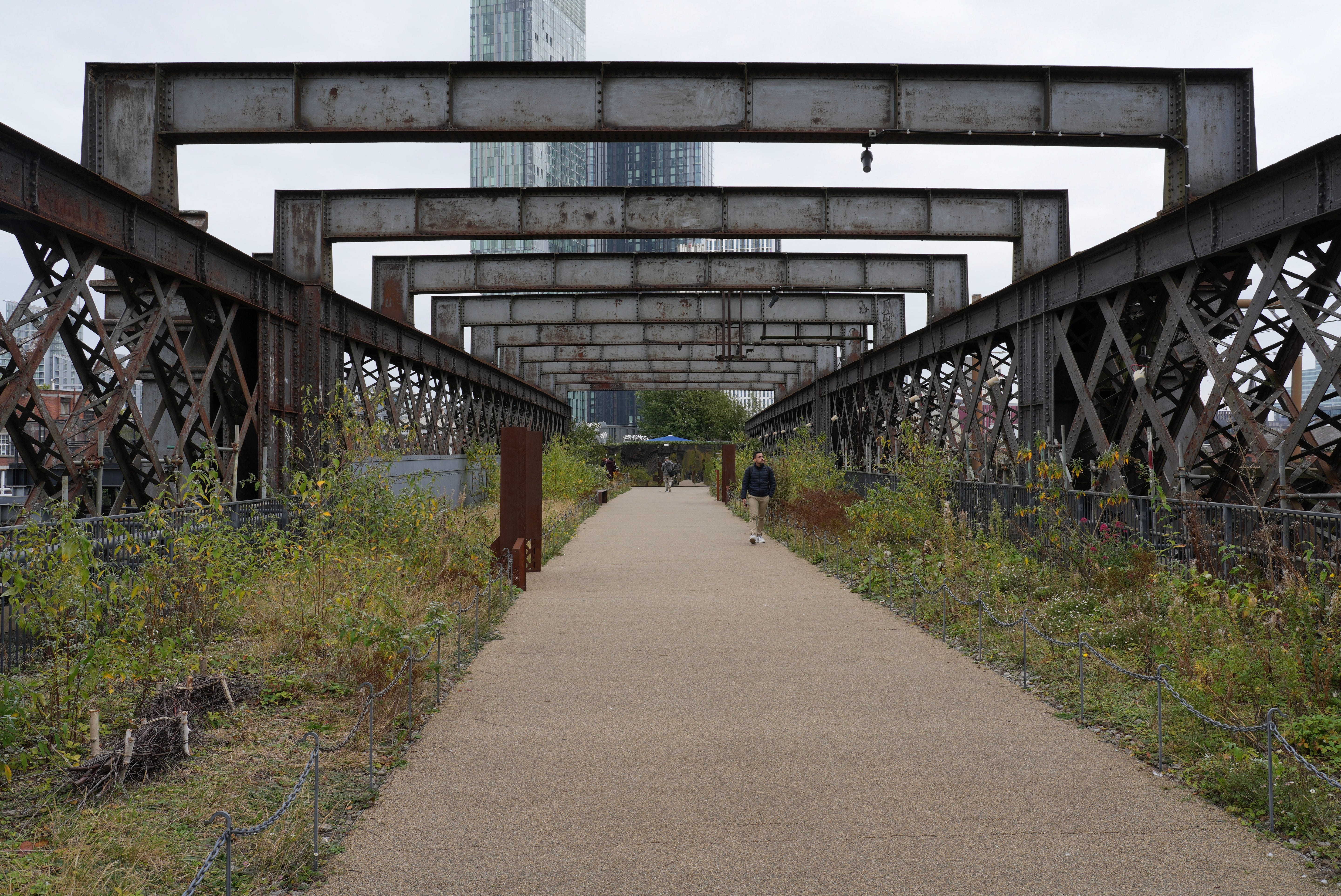
Chris and I love Manchester, it’s one of our favourite cities right now. The art scene, like all of the North, is edgy and exciting. Castlefield is the oldest part of the city, and as we wandered the area looking for the viaduct garden I’d heard about, we admired its old cobble lined canals with wildflowers growing through cracks.
A stranger photographed our hands all pointing at my phone with the map as we tried to find the entrance. When we’d traversed the labyrinthine route up and own Victorian docks, we arrived far beneath the gargantuan structure, plants just visible through the steel.
Passing a crowd of videographers filming a parkour competition, “up there” one told me, pointing to a winding staircase with people literally hanging off the side two stories up. Shuffling past them, at the top we entered the gate to find hedges in corten steel planters. Around these we were met by the scale of the 330m walkway.
Arriving in autumn, the plants were largely dying back but I love this point, for the muted earth tones and seeing the tight-knit rosettes of plants in the dense plant communities lining the path. This is more exciting to me than old fashioned planting. On the Castlefield Viaduct is a plant community that mixes wildflowers and ornamental rebels. I hope the National Trust, who have taken on the enormous job of looking after it, continue to lean into this style of planting.
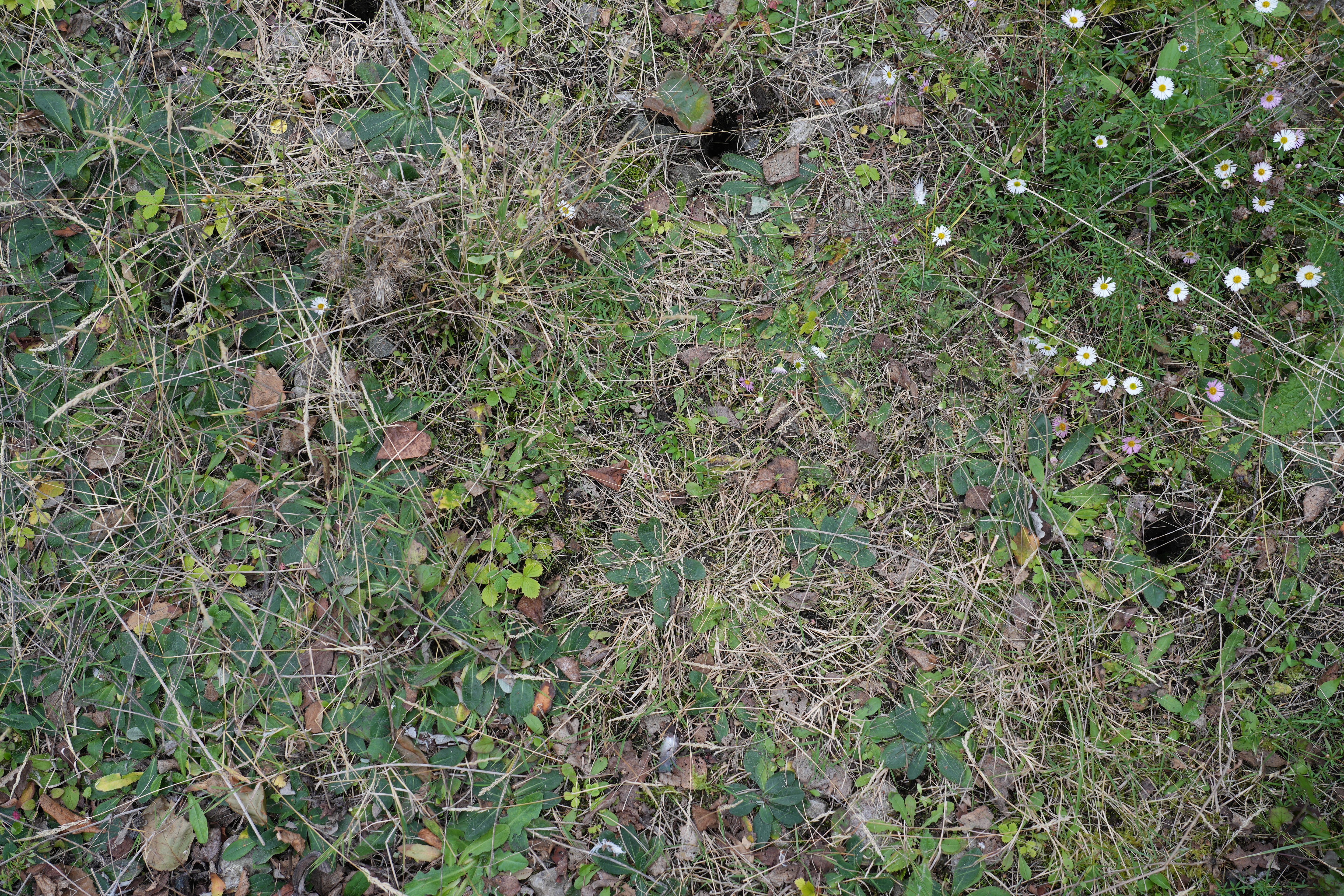
Elsewhere, planters have been installed around the wide accessible footpath where train tracks once were. The planters are used for deeper soils to grow larger birch, hazel and other native trees, as well as sculptural shapes to break the walkway into different areas. These screens are very effective and I especially liked the Miscanthus island. Naturalistic screening feels so right to me, as opposed to clipped immaculate hedging.
Halfway along the viaduct is a building marking the end of the walkway that has been renovated for public access so far. Around this are some welcome pops of colour from more ornamental plants such as trusty Salvia and ferns. True to the viaduct’s train track heritage, the number one plant is Buddleja, which is no doubt utterly spectacular in summer - for colour and butterflies, also for its rich honey scent.
I know Buddleja can be problematic in these sort of edge spaces because it spreads so easily by seed, but it is also a part of the UK’s modern heritage, once that our wildlife is now adjusted to, so I personally hope it continues to play a big part in the viaduct in future. A beautiful reminder to ourselves that meddling with nature without understanding has consequences.
There are some small community elements with planters dotted along the walkway. Lots of seats too, to pause, read, talk on the phone, hang out with friends and family. A number of families were on a day out, their young children excited and joyous running about in the space and light.
According to Wikipedia, Castlefield Viaduct used to be a tracked viaduct for heavy rail transport to and from the Great Northern Warehouse in this area. Designed by Heenan & Fraude, the company that also designed the Blackpool Tower, it is now Grade II listed. It was built in 1893, closed in 1954, and since re-opened as a park by the National Trust with substantial financial backing in 2022.
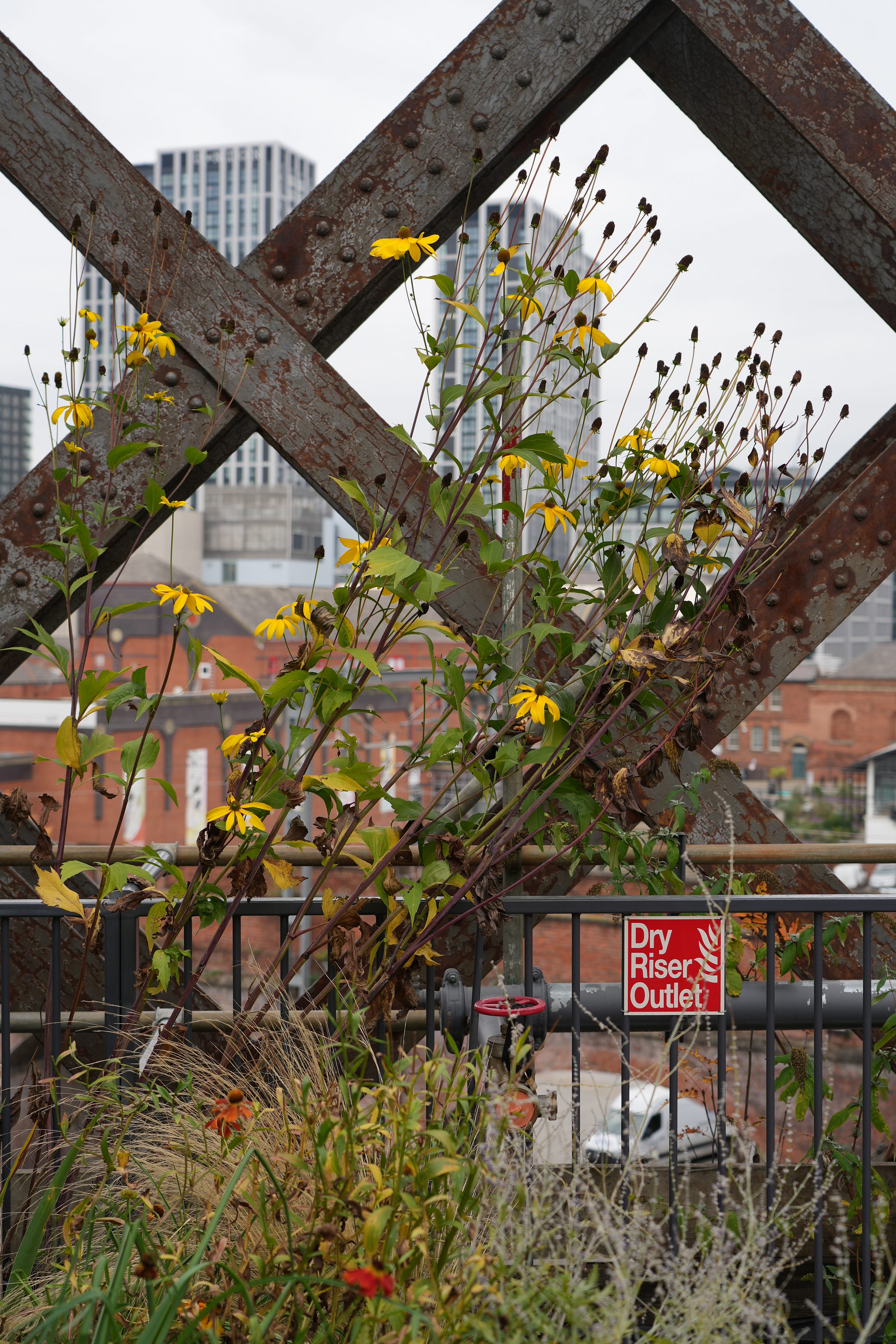
The gargantuan steel beams, all slightly rusted with time, juxtaposed with the reclaiming of nature are what set the Castlefield Viaduct apart. Fascinating that plants and insects can grow on an entirely humanmade construction.
Over the years I’ve observed and been involved in many discussions about city gardens in public spaces and rooftop gardens. People flag that the huge amount of money sunk into these new or refurbished rooftop spaces doesn’t necessarily sit comfortably with the fact the UK’s thousands of parks have seen their funding cut to the barest of threads. These discussions often fall into the ‘either or’ trap. In reality the UK has more than enough money to fund ground parks properly and invest in rooftop spaces. We must do both in areas to be accessed by everyone, for our wellbeing and for wildlife. For this reason, the Castlefield Viaduct is something to be celebrated. A perfect reimagining of a disused construction that has found perhaps its ultimate purpose.
I’m glad we walked under the viaduct first, its scale beyond imagination. Towering and chunky, the physical weight is hard for my mind to fully comprehend, forming an uncomfortable tension that melts away among the plants up top. It is a thing of human ingenuity and might, that now protects and cares for the most delicate nature in its metal embrace.
Two fold up chairs inside the building halfway face a wall of glass to the rest of the track. A small sandwich board outside informs visitors that the next round of funding has been granted, the view beyond the glass will soon be restored and made accessible too. And while I love the view as it is, of reclaimed nature carpeting the steel bridge, I cannot wait to see the joy of the visitors there on our trip extended into this new area.
Manchester’s Castlefield Viaduct is open 10am - 5pm, Wednesday to Sunday with no booking required.
Discover more with the Wild Way...
12 Asters tested for naturalistic gardens
Asters are incredible late-season flowers that are back in fashion thanks to an influx of new cultivars with contemporary style and more colours. Plus of course, the recognition that little else flowers as late in the season as these largely North American daisies.
How to grow winter squash
Few plants bring me and Chris as much joy as a winter squash. There, I said it. While I do highlight their wonder in my book A Greener Life in the growing organic food chapters, looking back it’s surprising I haven’t written about them more - they’re such a big part of our lives!
Season catchers
Each morning we wake and immediately look to our daily weather forecast through the three small stone windows. Today it’s a pure grey-white, everything shrouded in mist, brightened by a strong sun behind.


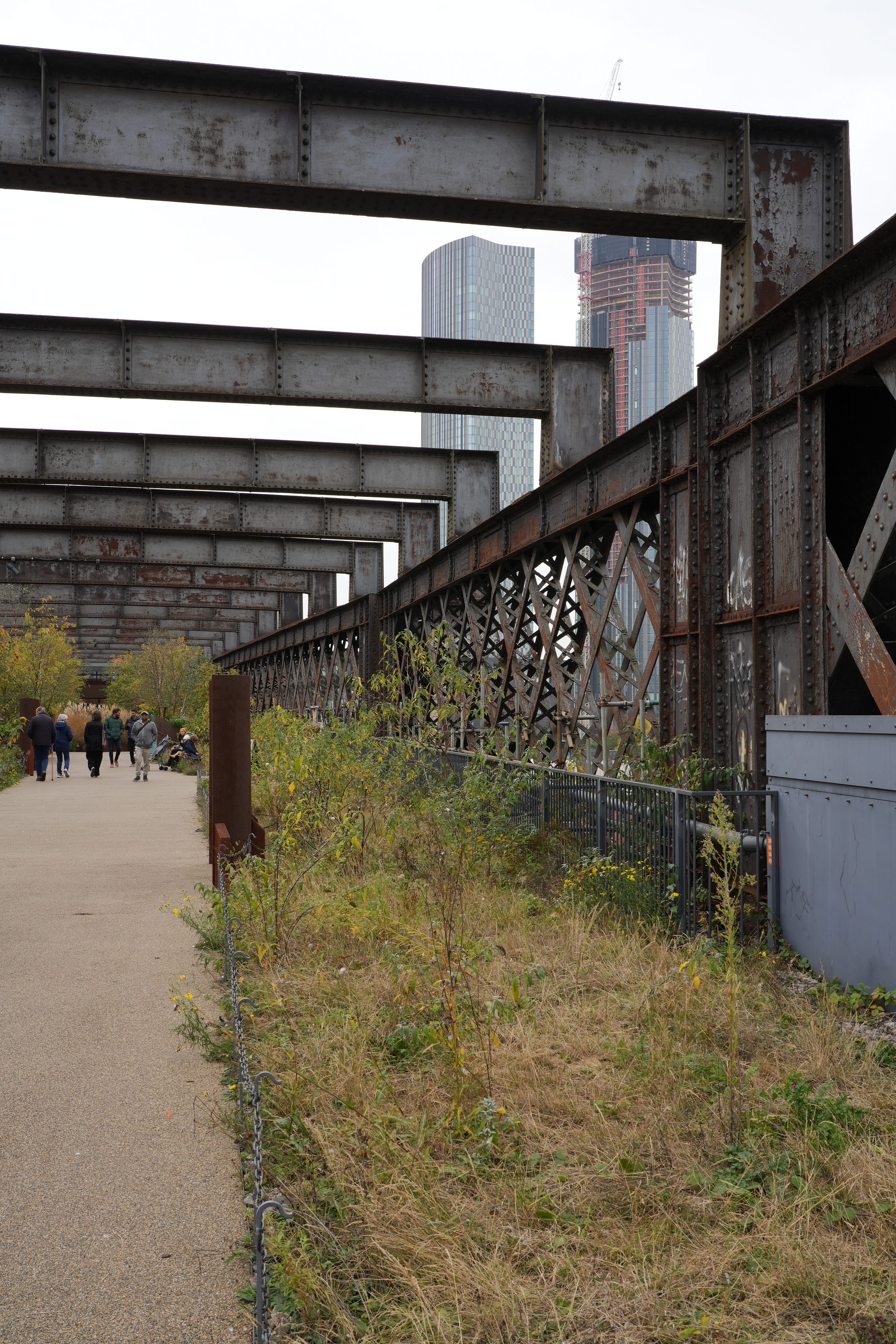
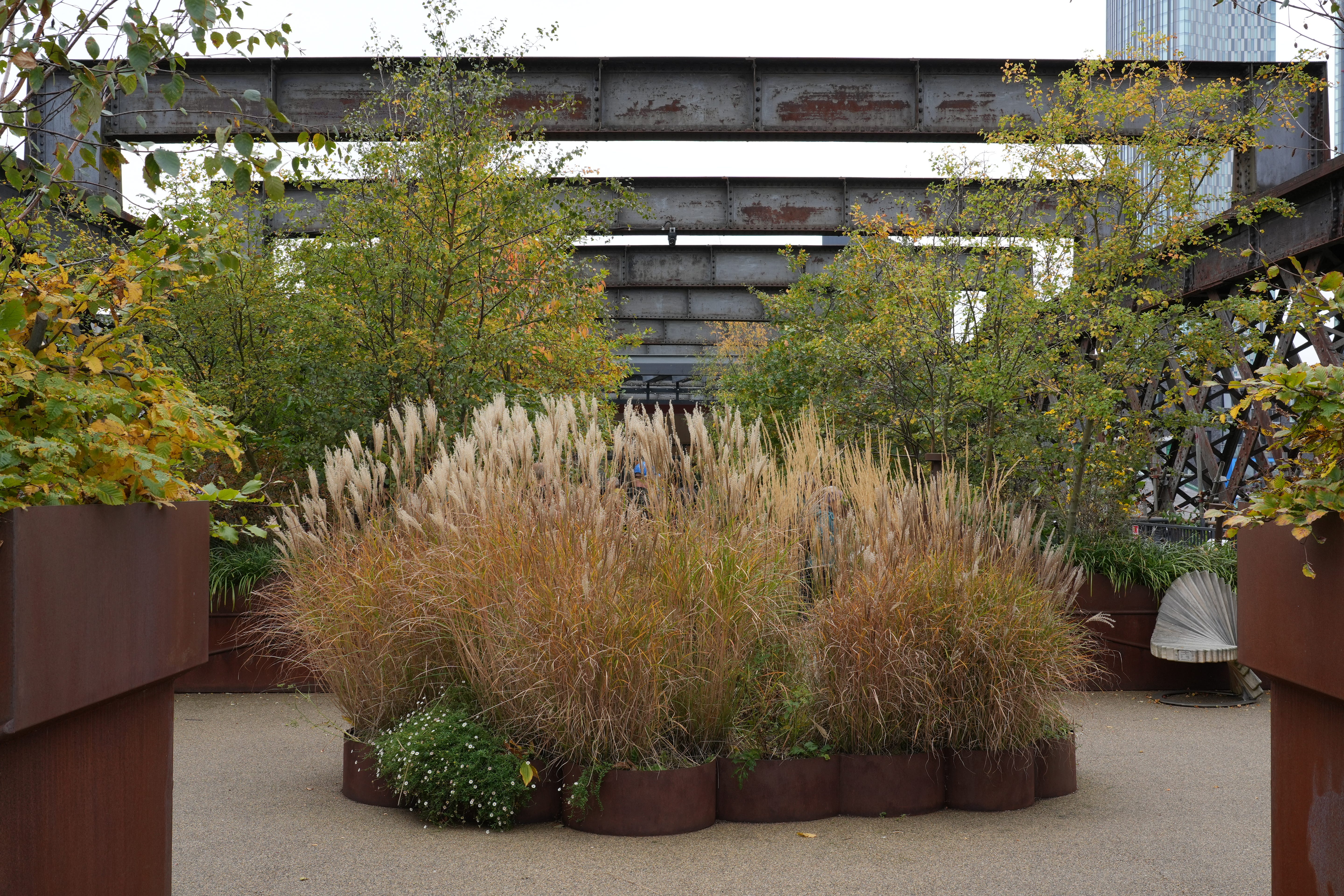
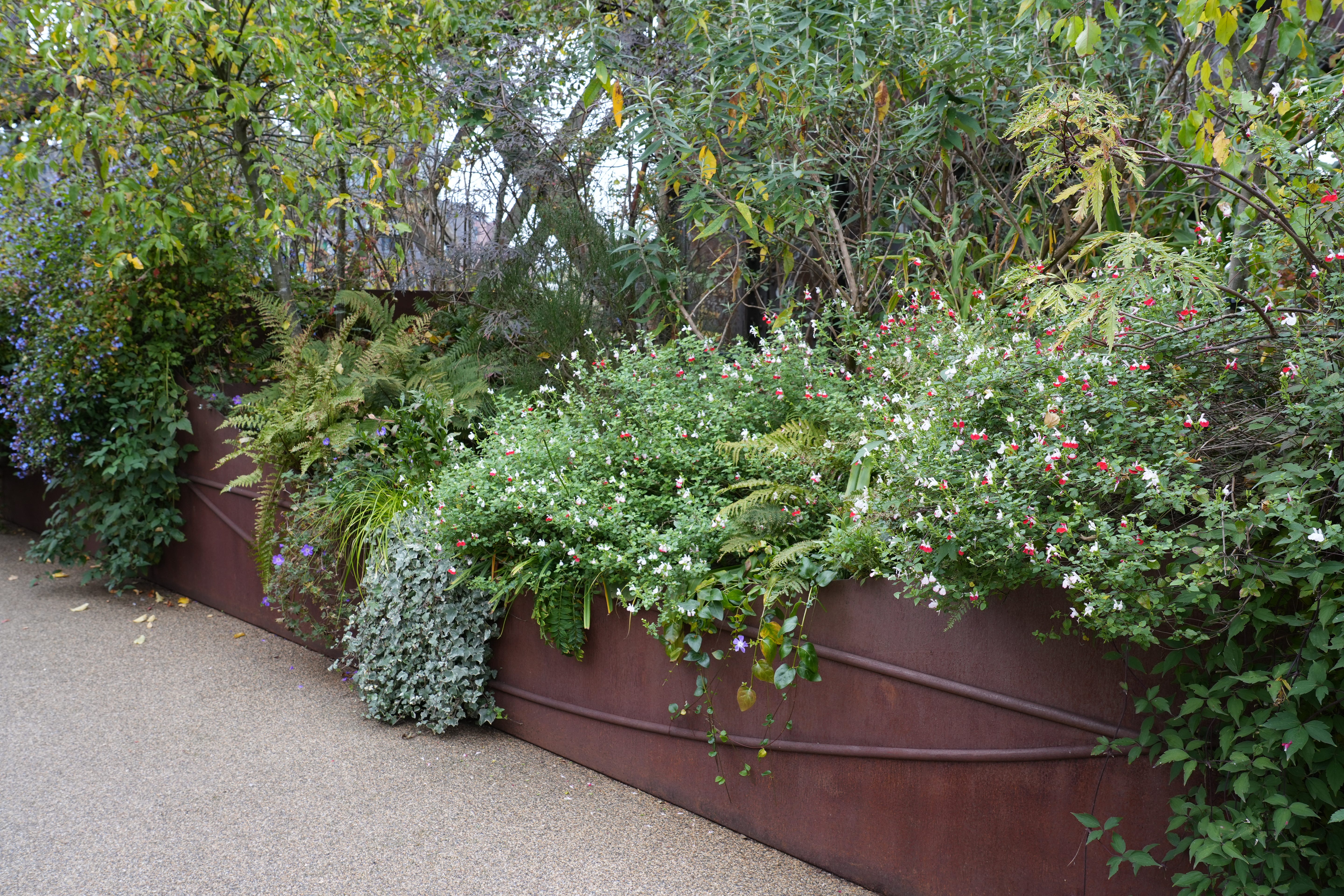
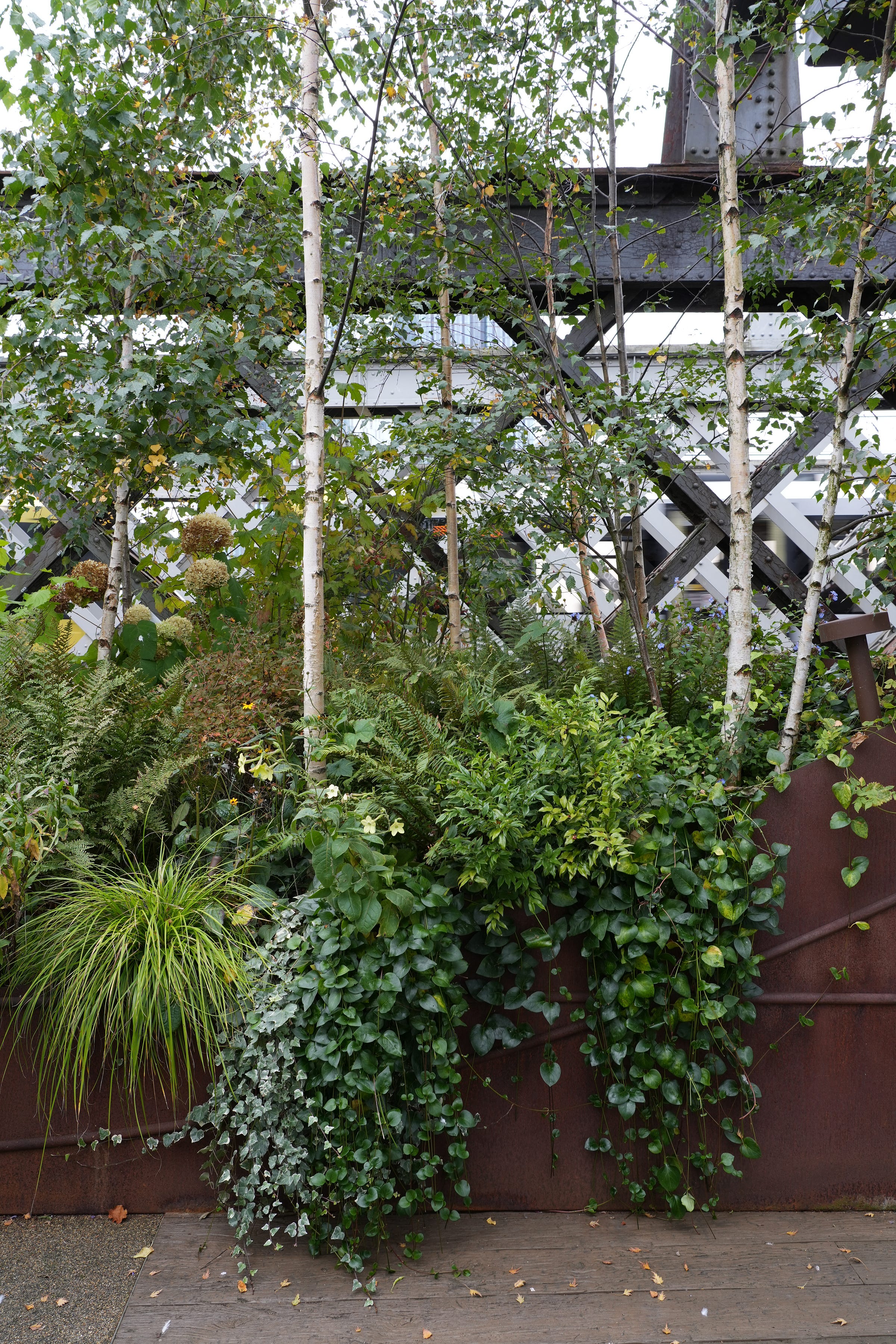
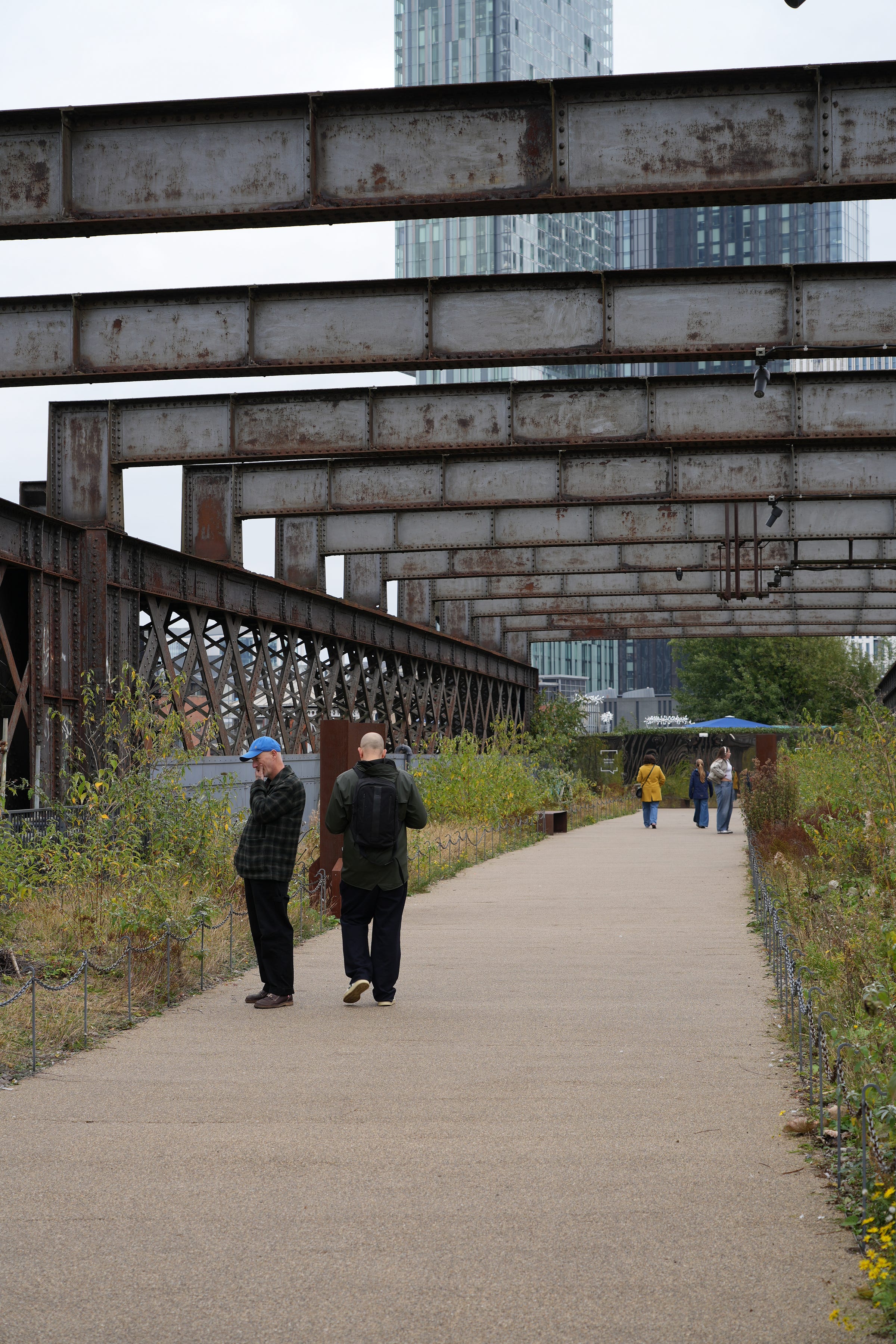
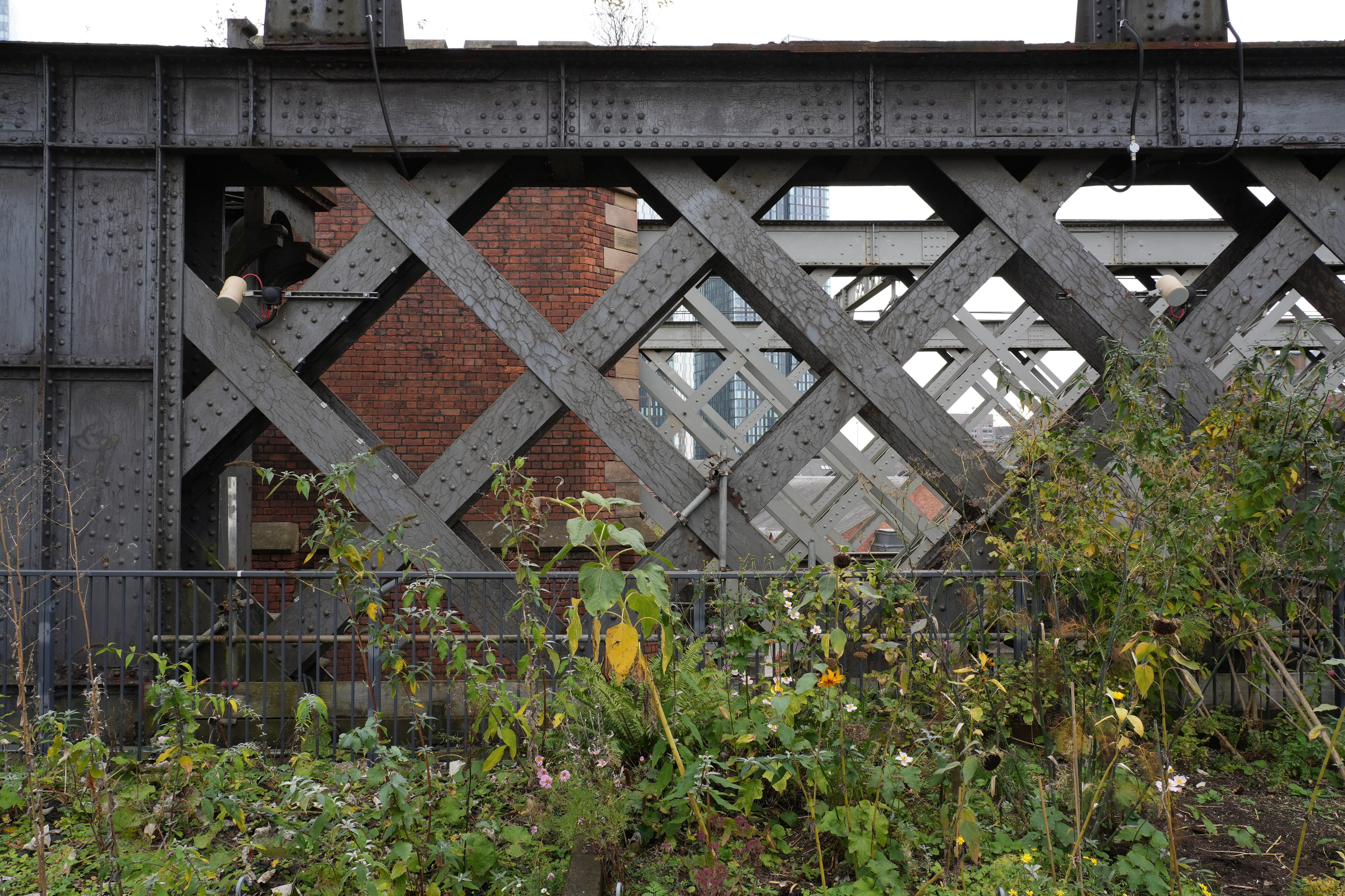
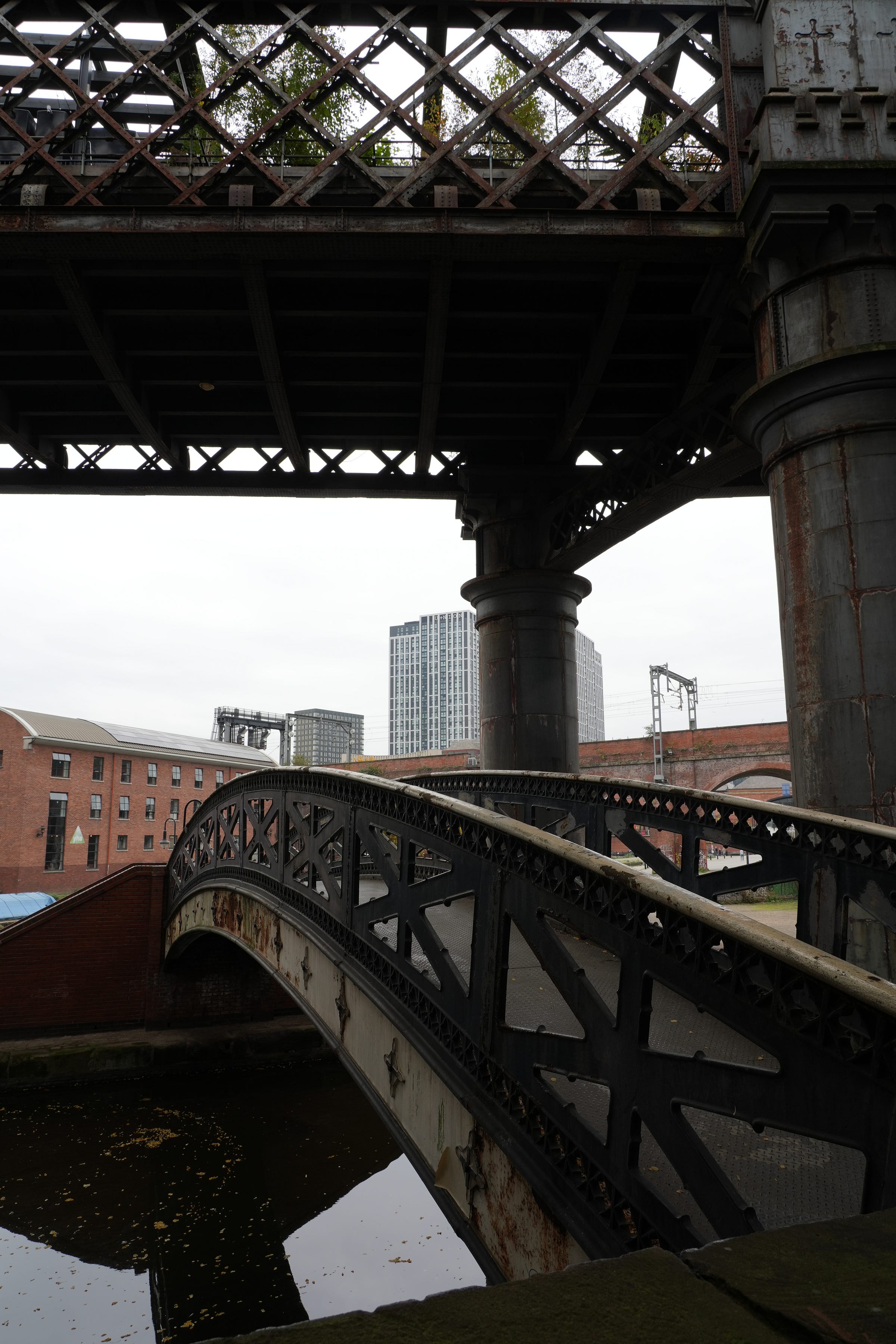
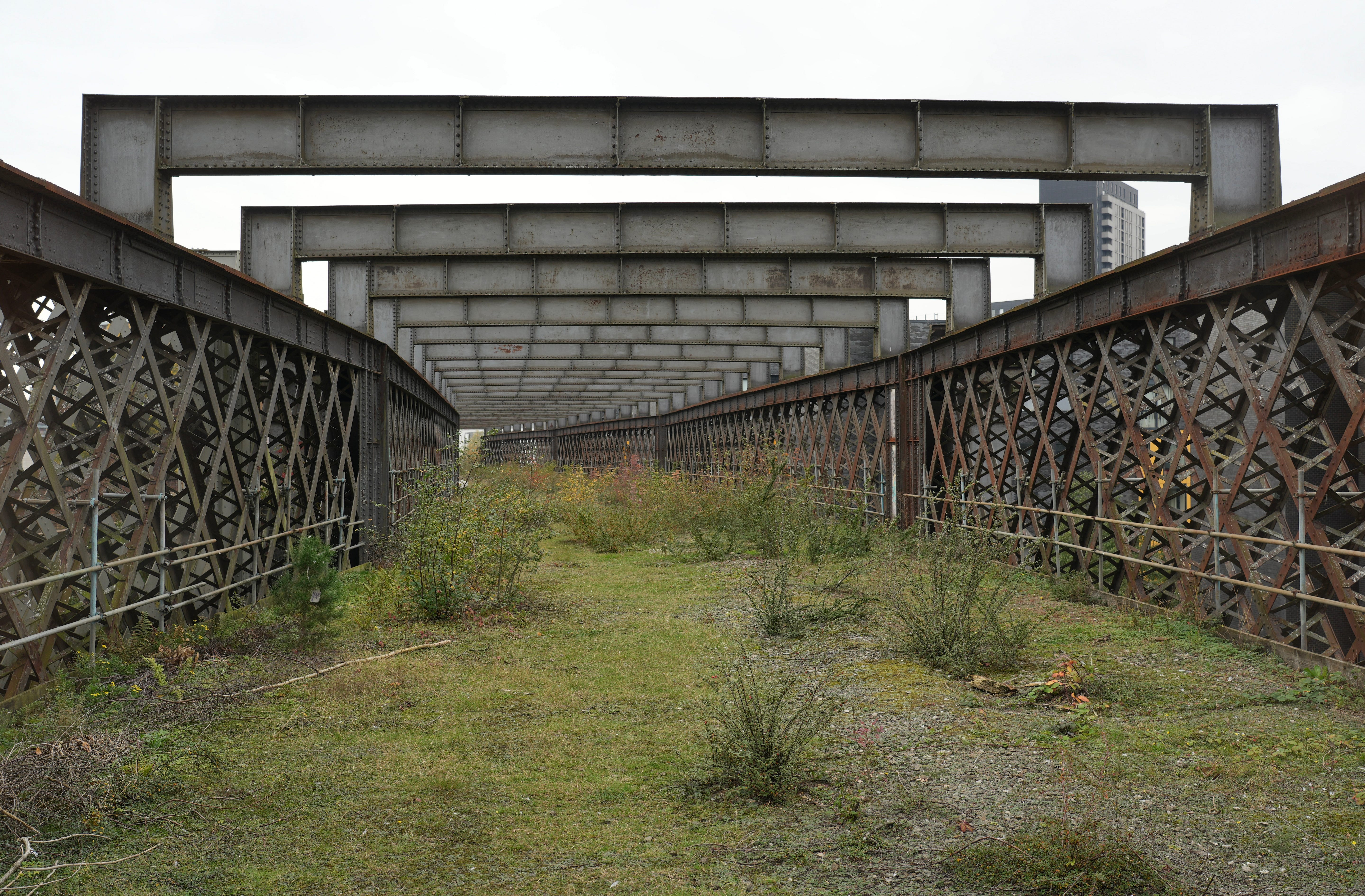

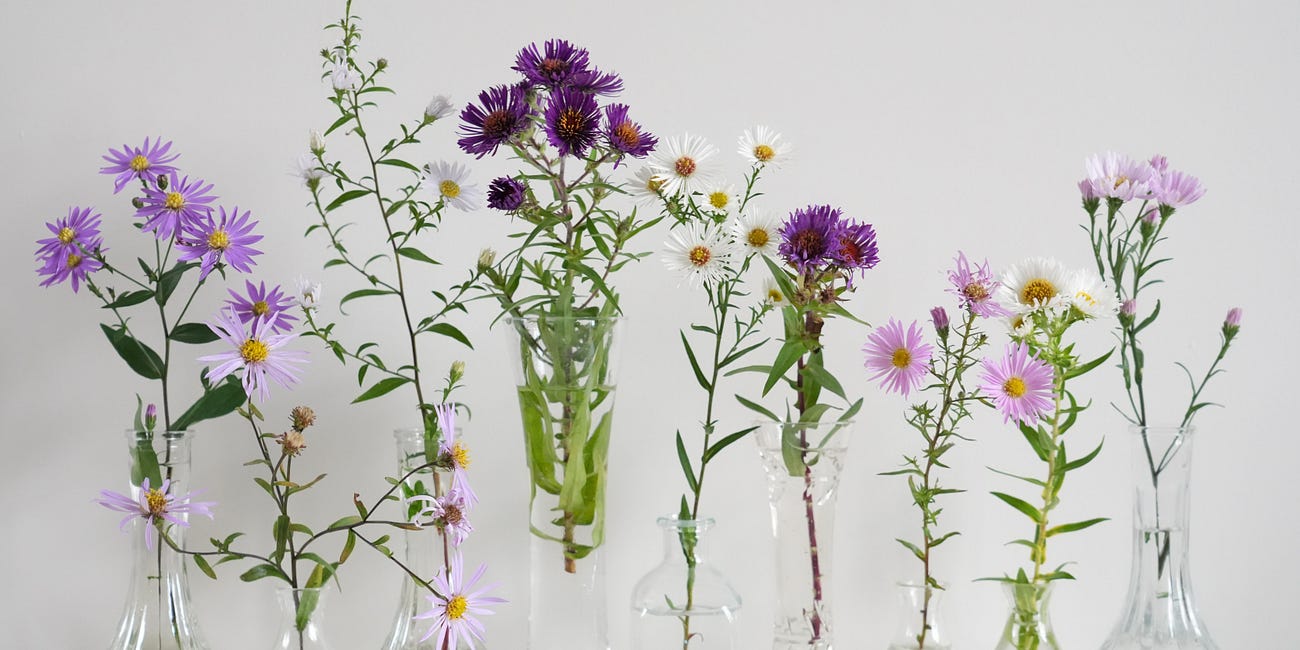
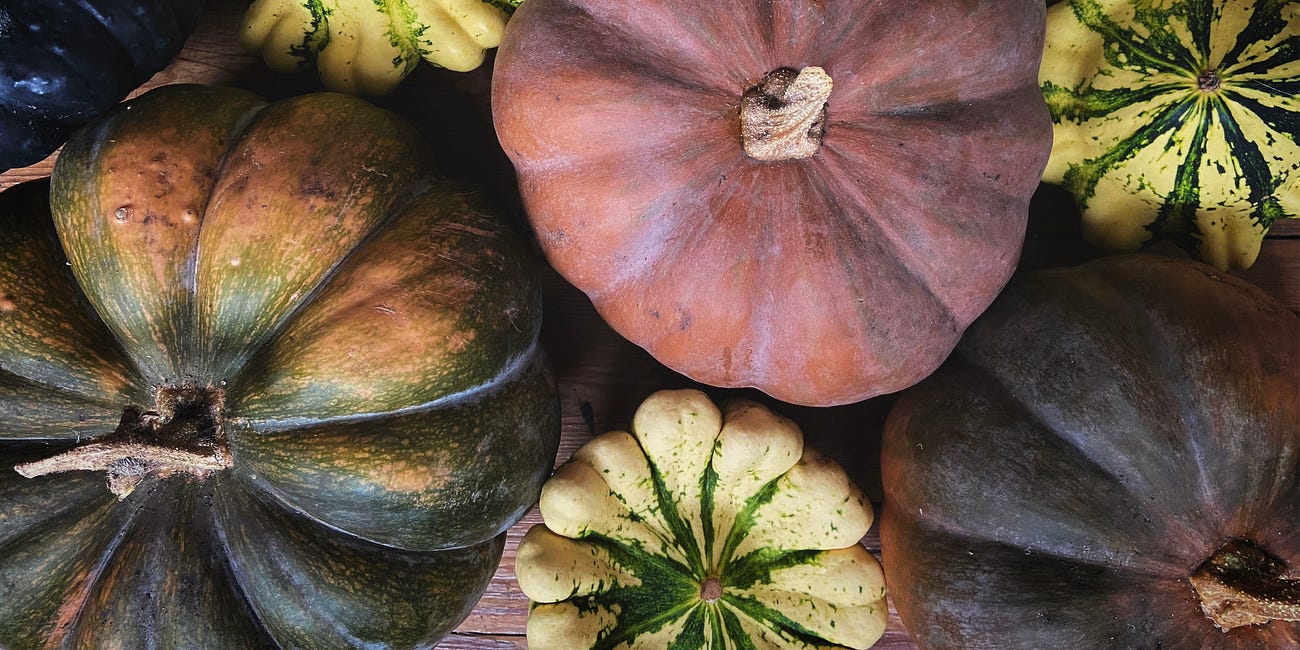
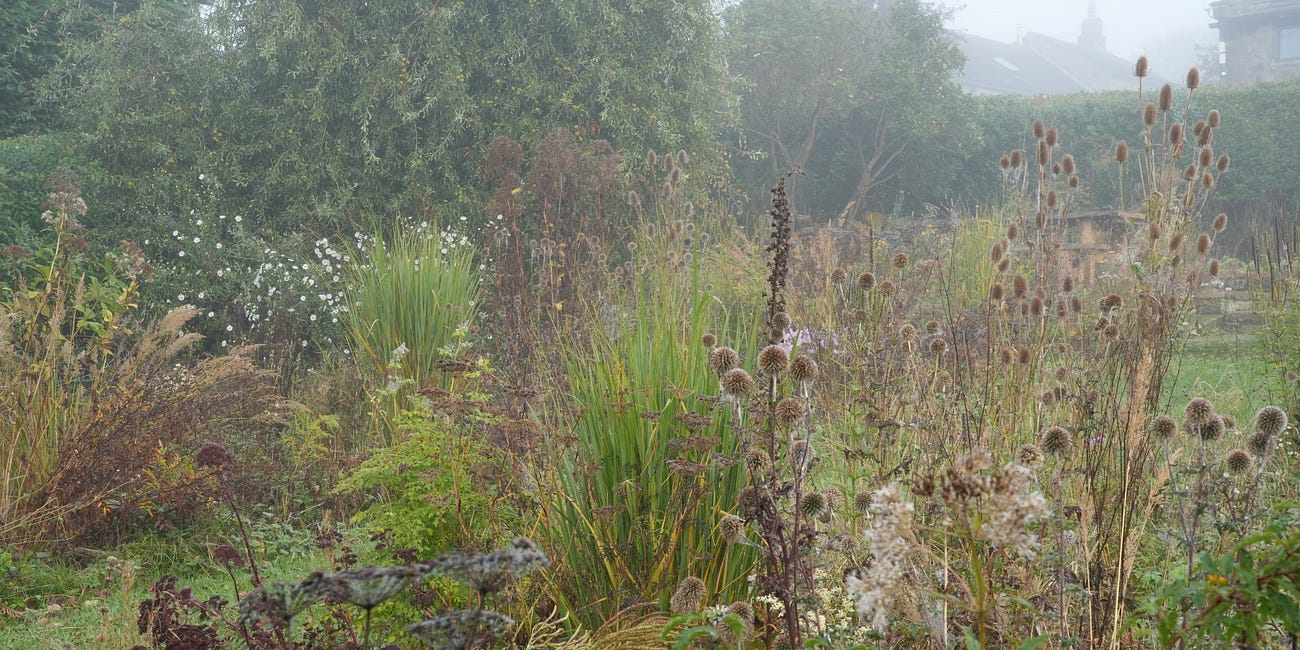
So beautiful
You’d like the Highline in NYC. Wish I could see yours.